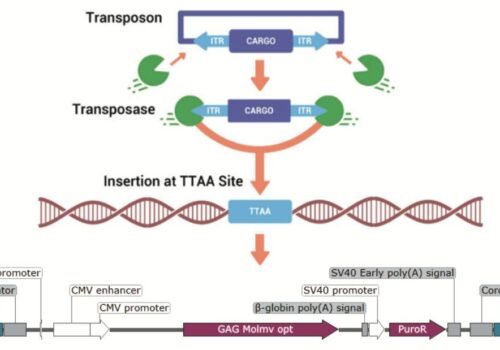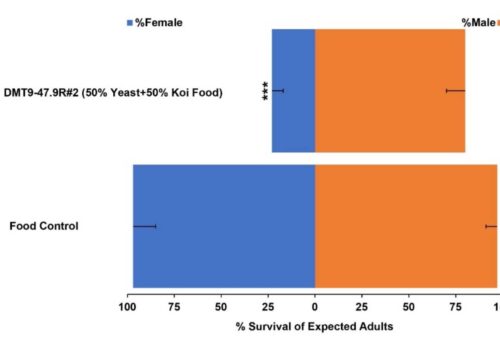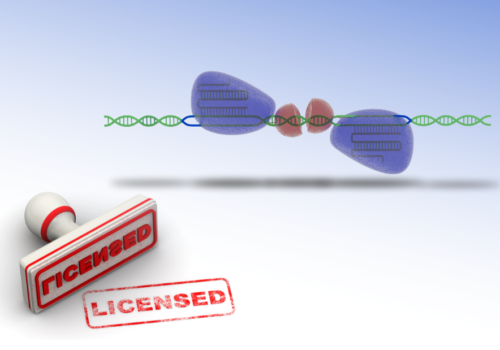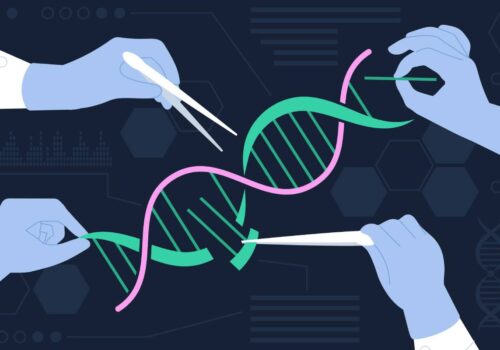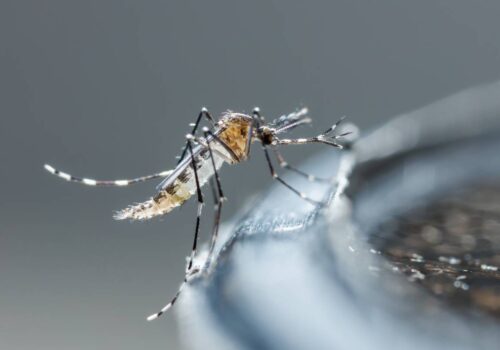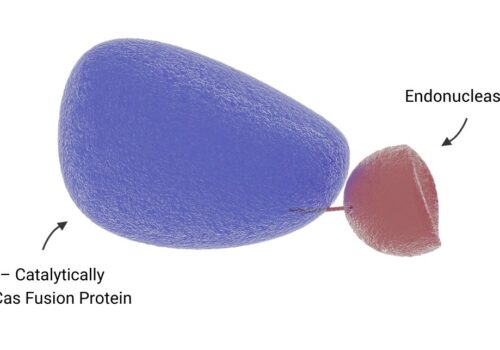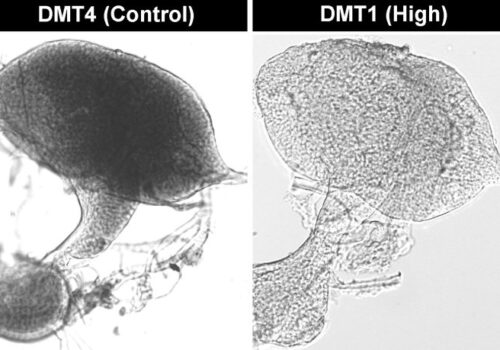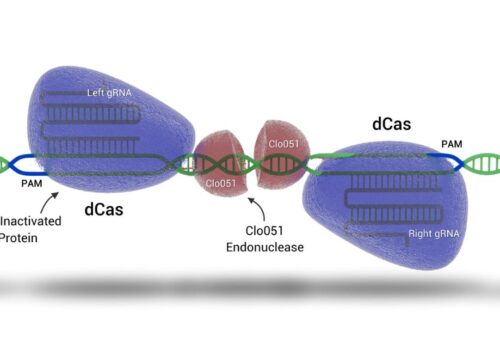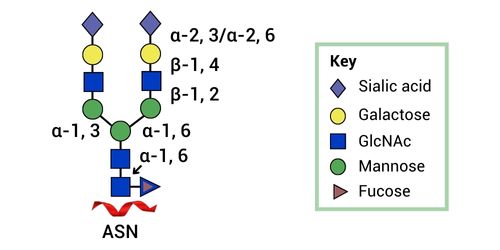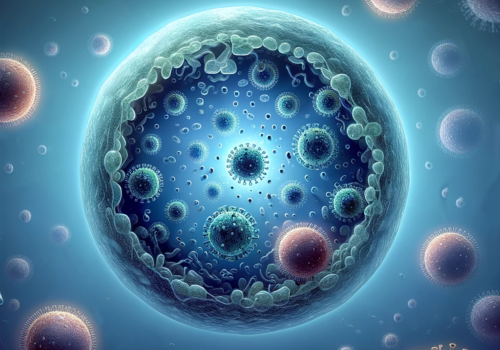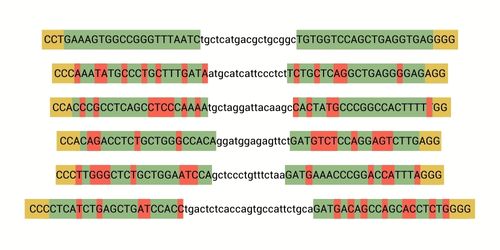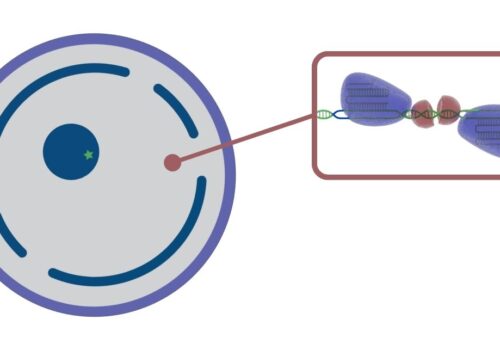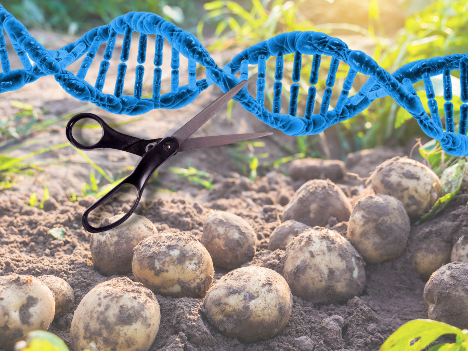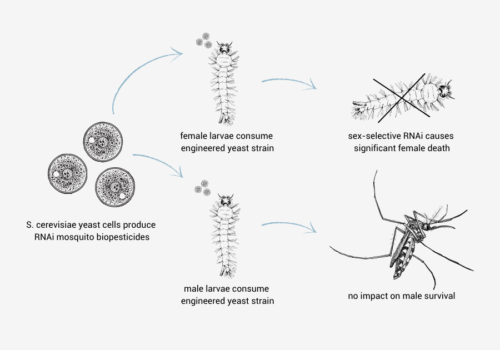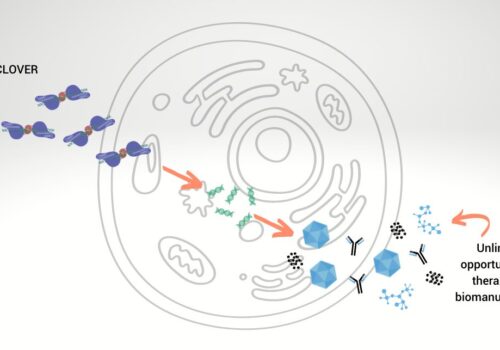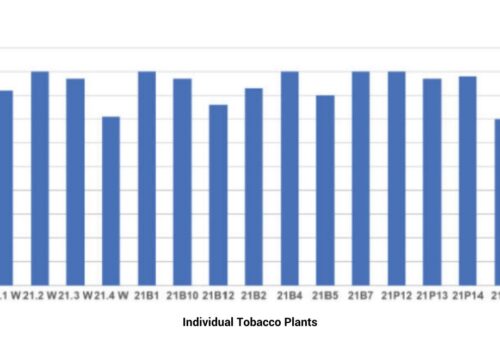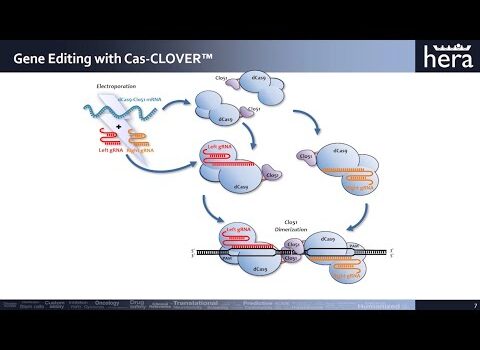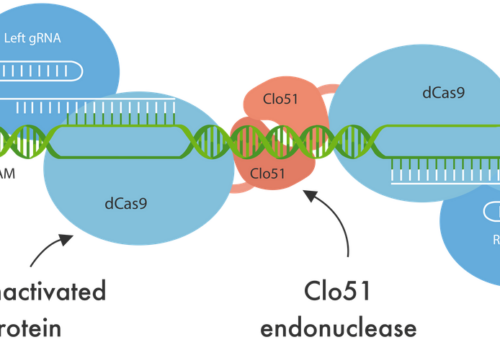Brizzee, et al. (2023)
Targeting Mosquitoes through Insecticidal RNAi Yeast Strain Using Cas-CLOVER and Super piggyBac
Abstract
The global deployment of RNAi yeast insecticides involves transitioning from the use of laboratory yeast strains to more robust strains that are suitable for scaled fermentation. In this investigation, the RNA-guided Cas-CLOVER system was used in combination with Piggybac transposase to produce robust Saccharomyces cerevisiae strains with multiple integrated copies of the Sh.463 short hairpin RNA (shRNA) insecticide expression cassette. This enabled the constitutive high-level expression of an insecticidal shRNA corresponding to a target sequence that is conserved in mosquito Shaker genes, but which is not found in non-target organisms. Top-expressing Cas-CLOVER strains performed well in insecticide trials conducted on Aedes, Culex, and Anopheles larvae and adult mosquitoes, which died following consumption of the yeast. Scaled fermentation facilitated the kilogram-scale production of the yeast, which was subsequently heat-killed and dried. These studies indicate that RNAi yeast insecticide production can be scaled, an advancement that may one day facilitate the global distribution of this new mosquito control intervention.

Additional Resources
More to help guide your gene editing implementation journey

